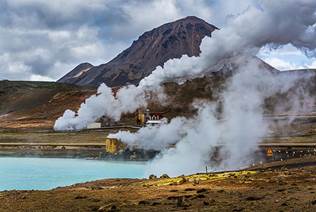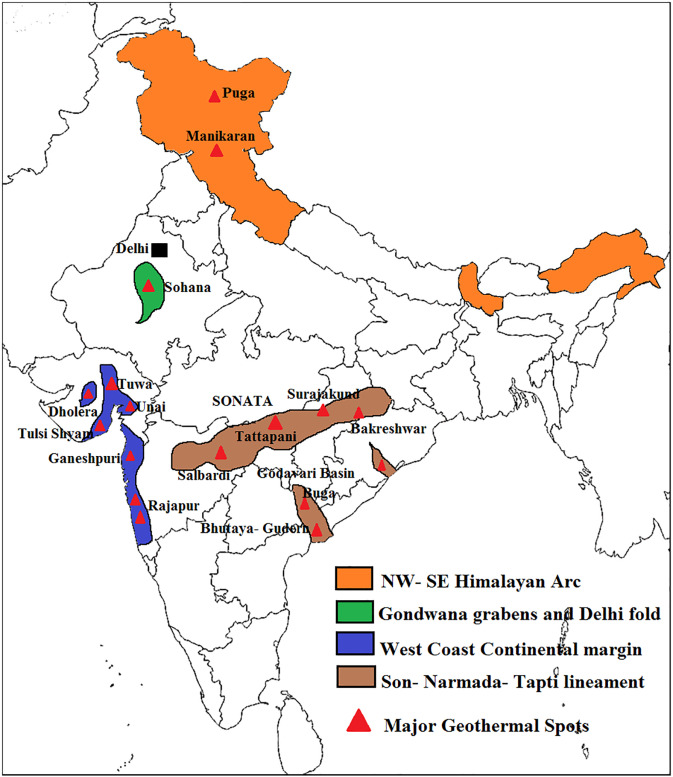Free Courses Sale ends Soon, Get It Now


Free Courses Sale ends Soon, Get It Now



Disclaimer: Copyright infringement not intended.
Context
Details
Geothermal energy
Benefits of Geothermal Energy
Governments across the globe are financially backing geothermal electric power generation through grants to stimulate sustainable form of energy.
Some Drawbacks of Geothermal Energy
Geothermal provinces in India

Challenges to geothermal energy
What will it take to unleash the potential?
© 2024 iasgyan. All right reserved